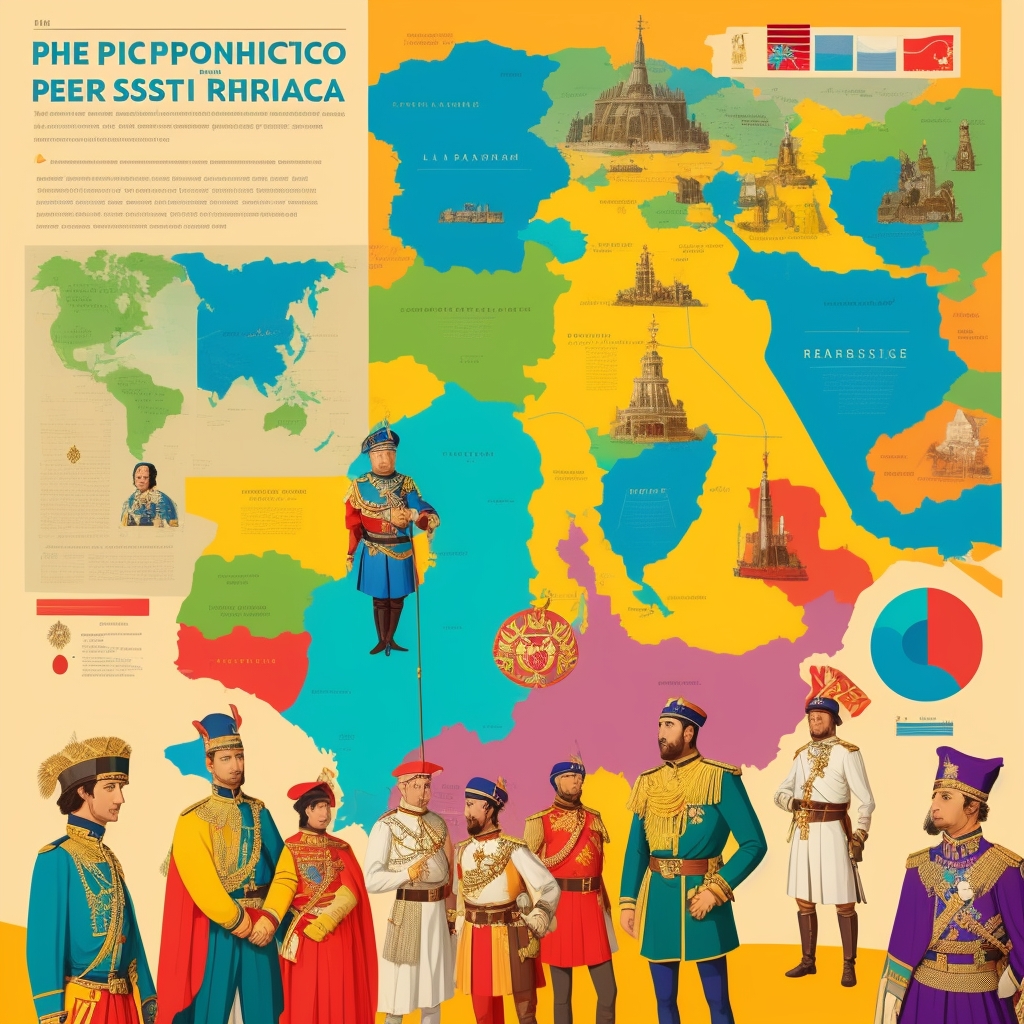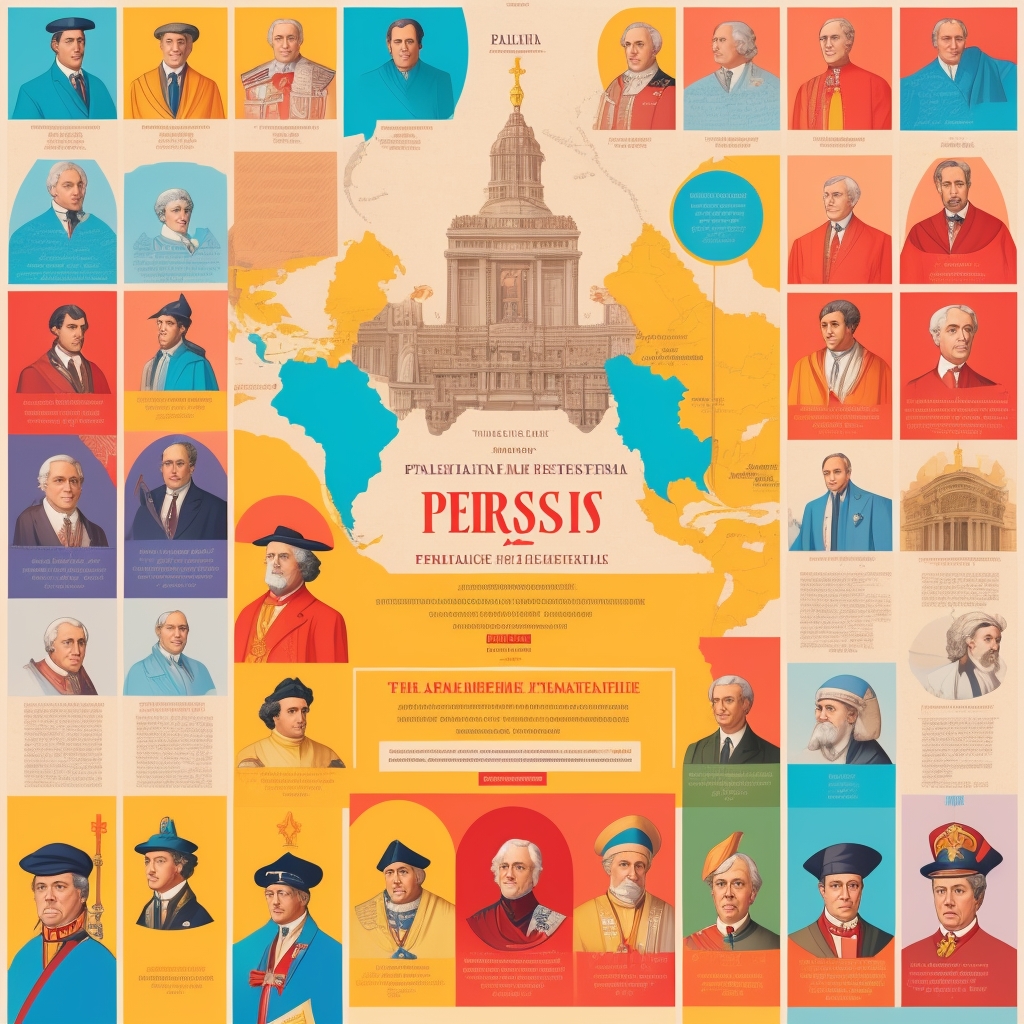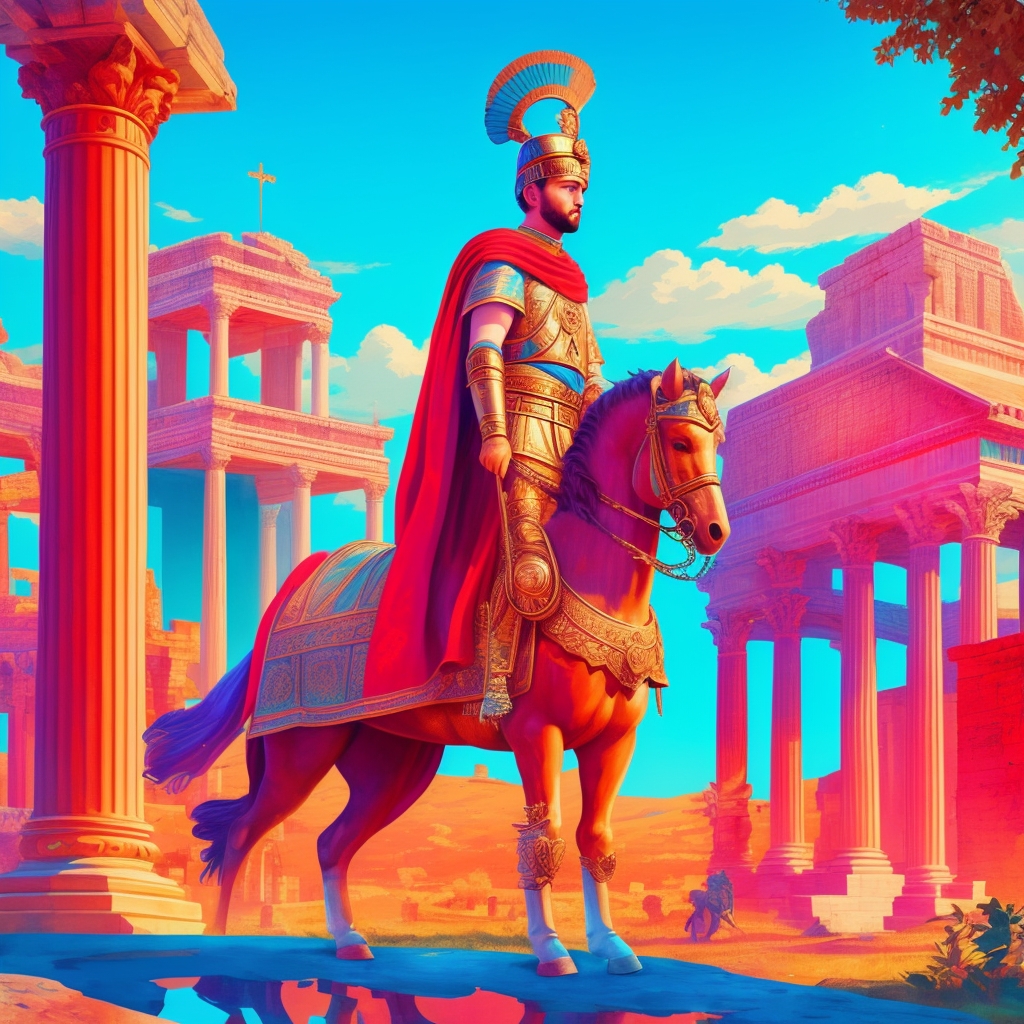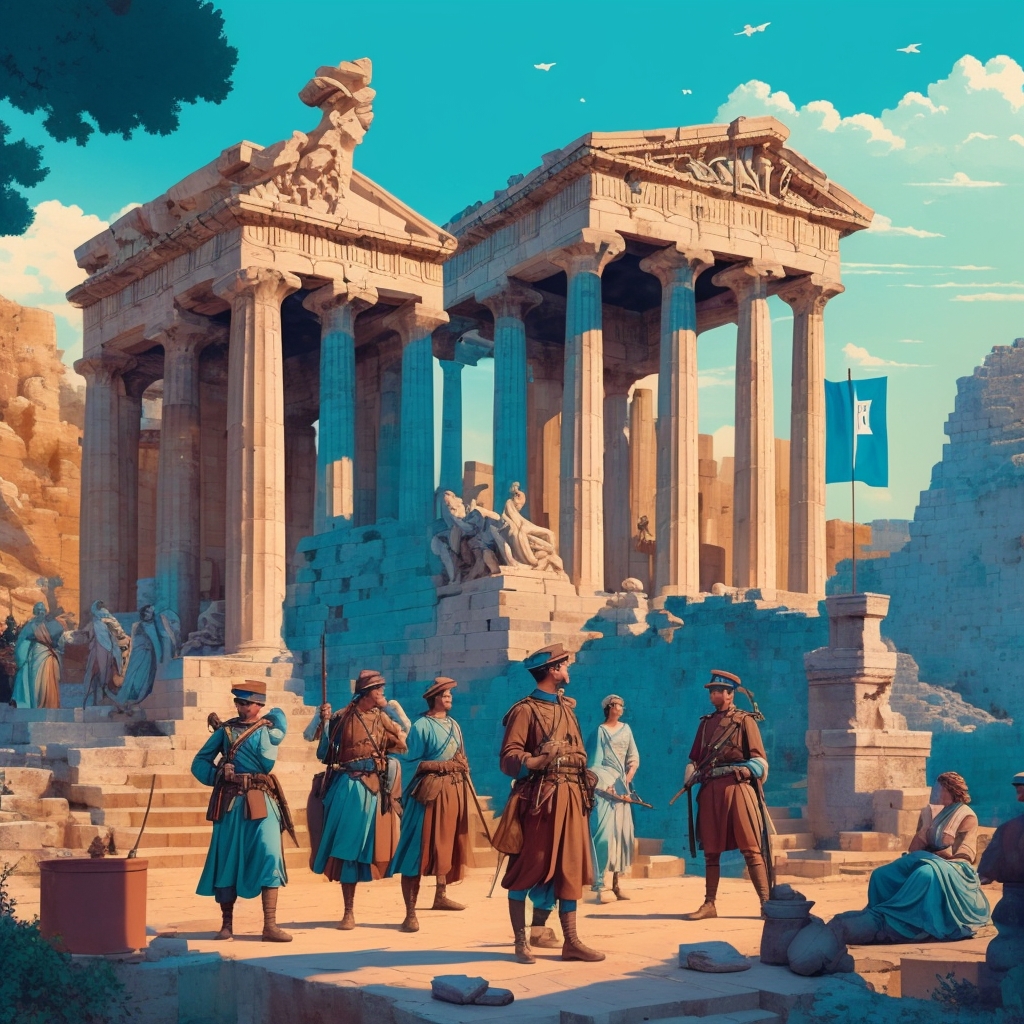How Did the Persian Empire Manage Relations with Conquered Peoples?
Introduction
The Persian Empire, known for its vast expanse and diverse cultures, was one of the most influential empires in ancient history. Spanning from the Indus Valley in the east to the Balkans in the west, it encompassed a multitude of ethnicities, languages, and religions. The empire’s success was not only due to its military might but also its sophisticated approach to governance, particularly its management of relations with conquered peoples. This article explores how the Persian Empire, through strategic policies and cultural diplomacy, maintained stability and unity across its territories.
Administrative Structure and Local Governance
One of the key strategies of the Persian Empire in managing conquered peoples was its administrative structure. The empire was divided into provinces called satrapies, each governed by a satrap. This system allowed for a degree of local autonomy, enabling regions to maintain their cultural practices and legal systems while adhering to overarching imperial policies.
The Role of Satraps
Satraps were typically local leaders or nobles with a vested interest in the stability of their regions. By appointing local authorities, the Persians ensured loyalty and reduced the likelihood of rebellion. This decentralized form of governance not only facilitated efficient tax collection but also allowed the empire to respond quickly to local issues.
Autonomy and Cultural Preservation
The Persians were astute in their understanding of cultural diversity. They permitted conquered peoples to retain their customs, languages, and religious practices, fostering a sense of inclusion and reducing dissent. This policy of cultural preservation was instrumental in maintaining harmony within the empire.
Religious Tolerance and Integration
Religious tolerance was another cornerstone of Persian governance. Unlike many contemporary empires, the Persians did not impose their religion on subjugated peoples. Instead, they embraced a policy of religious pluralism, recognizing the importance of spiritual autonomy in achieving political stability.
Zoroastrian Influence
While Zoroastrianism was the dominant religion of the Persian Empire, its principles were not forcibly imposed on others. The Persians believed in the coexistence of multiple faiths, allowing diverse religious practices to flourish under their rule. This acceptance fostered goodwill and minimized religious conflicts.
Support for Local Temples and Shrines
The Persian kings often supported local temples and religious institutions. By funding the construction or renovation of religious sites, they gained the favor of local populations and clergy. This practice not only reinforced the empire’s commitment to religious freedom but also integrated disparate communities into the imperial fold.
Economic Policies and Infrastructure Development
The Persian Empire’s economic policies were designed to enhance prosperity and connectivity across its territories. By investing in infrastructure and promoting trade, the empire created a cohesive economic network that benefited both the central government and local populations.
The Royal Road
The construction of the Royal Road exemplifies the Persian approach to infrastructure development. This extensive road network facilitated communication, trade, and military movement across the empire. By connecting distant regions, the Royal Road helped integrate the empire economically and culturally.
Standardization of Coinage
The introduction of a standardized coinage system simplified trade and commerce within the empire. By ensuring a consistent currency, the Persians enhanced economic stability and encouraged market integration across diverse regions.
Concrete Examples and Use Cases
The Cyrus Cylinder
Considered one of the earliest declarations of human rights, the Cyrus Cylinder illustrates the Persian approach to governance. Issued by Cyrus the Great after his conquest of Babylon, the cylinder proclaimed the freedom of the Babylonian people to practice their religions and customs. This gesture of magnanimity set a precedent for future Persian kings and solidified Cyrus’s reputation as a benevolent ruler.
The Incorporation of Lydia
After conquering Lydia, the Persians retained the local nobility’s privileges and integrated them into the imperial administration. By respecting local customs and power structures, the Persians ensured a smooth transition of power and minimized resistance.
Key Points and Best Practices
- Decentralized Governance: Use of local leaders in administration to ensure loyalty and effective governance.
- Cultural Preservation: Allowance for cultural and religious practices to promote inclusivity and harmony.
- Economic Integration: Investment in infrastructure and standardization of currency to enhance connectivity and prosperity.
- Diplomatic Gestures: Acts of goodwill, such as the Cyrus Cylinder, to gain favor and legitimacy among conquered peoples.
FAQ
1. How did the Persian Empire maintain control over such a vast territory?
The Persian Empire maintained control through a decentralized administrative system, religious tolerance, and infrastructure development, which facilitated communication and integration.
2. What was the role of satraps in the Persian Empire?
Satraps were provincial governors who managed local affairs, collected taxes, and ensured loyalty to the central government. They played a crucial role in maintaining stability across the empire.
3. Did the Persian Empire impose its culture on conquered peoples?
No, the Persian Empire allowed conquered peoples to retain their cultural practices and religious beliefs, promoting stability and reducing resistance.
4. How did the Persian Empire facilitate trade within its territories?
The construction of the Royal Road and the standardization of coinage were key initiatives that facilitated trade and commerce across the empire.
5. What is the significance of the Cyrus Cylinder?
The Cyrus Cylinder is significant as it represents one of the earliest known declarations of human rights, highlighting the Persian Empire’s policy of religious tolerance and cultural preservation.
Conclusion
The Persian Empire’s management of relations with conquered peoples was characterized by strategic governance, cultural diplomacy, and economic integration. By respecting local customs and promoting religious tolerance, the Persians created a stable and prosperous empire that spanned diverse cultures and regions. These practices not only ensured the empire’s longevity but also set a precedent for future empires in managing complex multicultural societies. For more insights into the strategies of ancient empires, consider exploring this comprehensive overview of ancient governance.







